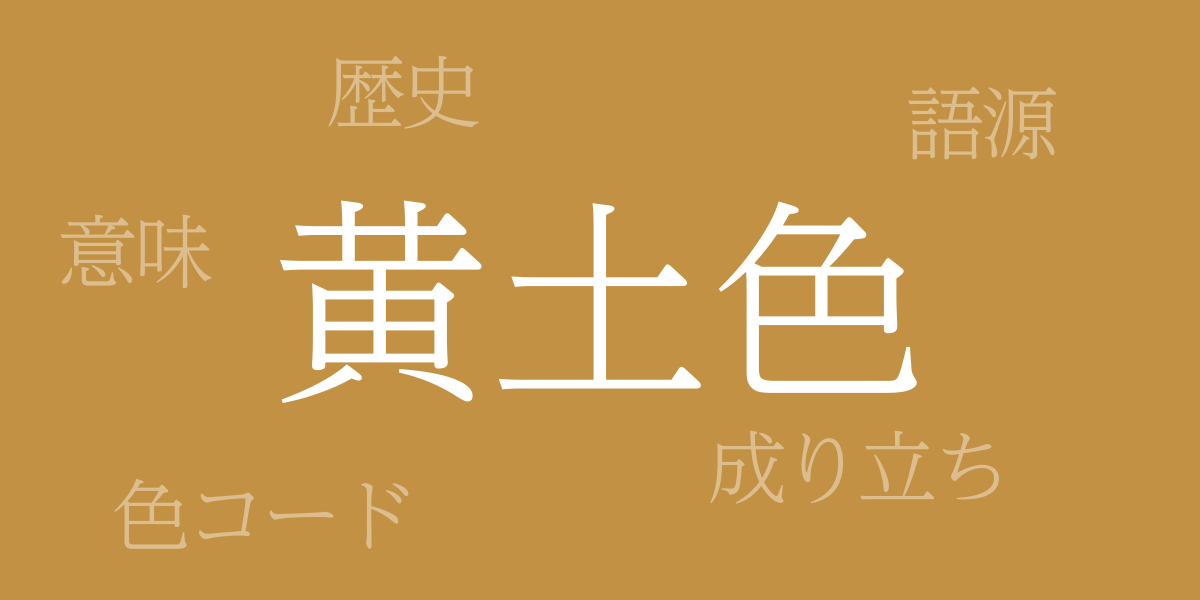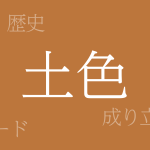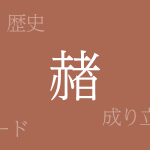Japan’s traditional colors are renowned for their unique beauty both domestically and internationally. Among these, “Oudoiro (黄土色 – おうどいろ)” stands out with its warm, earthy tone that resonates with the essence of Japanese seasons. This article delves into the charm of Oudoiro, exploring its history, color code, and its Western name.
About Oudoiro (黄土色 – おうどいろ)
Oudoiro (黄土色 – おうどいろ), literally ‘yellow earth color’, is a calm warm hue that blends yellow with the color of soil. This color, which merges seamlessly into Japan’s natural landscapes, creates a refined Japanese ambiance and is widely used in traditional crafts, fashion, and interiors. Oudoiro continues to envelop Japanese spaces with its gentle embrace, endearing it to many.
The History of Oudoiro
Oudoiro has been a traditional Japanese color for centuries. In the Heian period, it was used in the attire of the nobility, symbolizing Japan’s aesthetic of harmonizing with nature. During agricultural prosperity, the color of the fertile earth was considered auspicious. Over time, Oudoiro has remained popular among artists and designers in the modern era.
Color Code of Oudoiro
In digital design and web production, accurate reproduction of Oudoiro requires specific color codes. The following are the codes for this color:
- HEX: #C39143
- RGB: R:195 G:145 B:67
- CMYK: C:30 M:48 Y:81 K:0
Western Name for Oudoiro
The Western equivalent for Oudoiro is known as ‘Ochre’ or ‘Raw Sienna’. These names are commonly used in the fields of art and design in the West, and they denote hues similar to Japan’s Oudoiro. By using these internationally recognized terms, the allure of Oudoiro can be shared in global design contexts.
Conclusion on Oudoiro
Oudoiro, with its rich history and beauty, is a quintessential Japanese traditional color. Its natural tones harmonize with Japanese aesthetics and continue to charm many in contemporary designs. By understanding its color codes and Western names, Oudoiro can be utilized more broadly across various platforms, ensuring the warmth and history of this color are passed on to future generations.

























